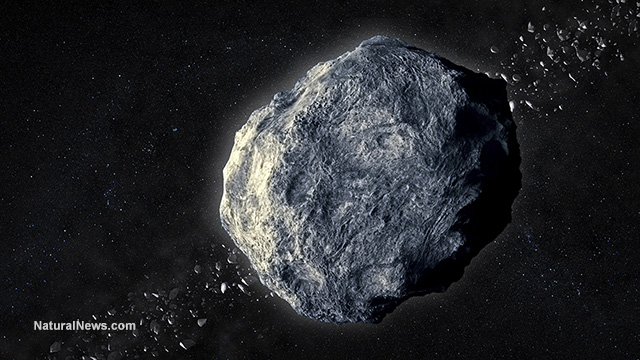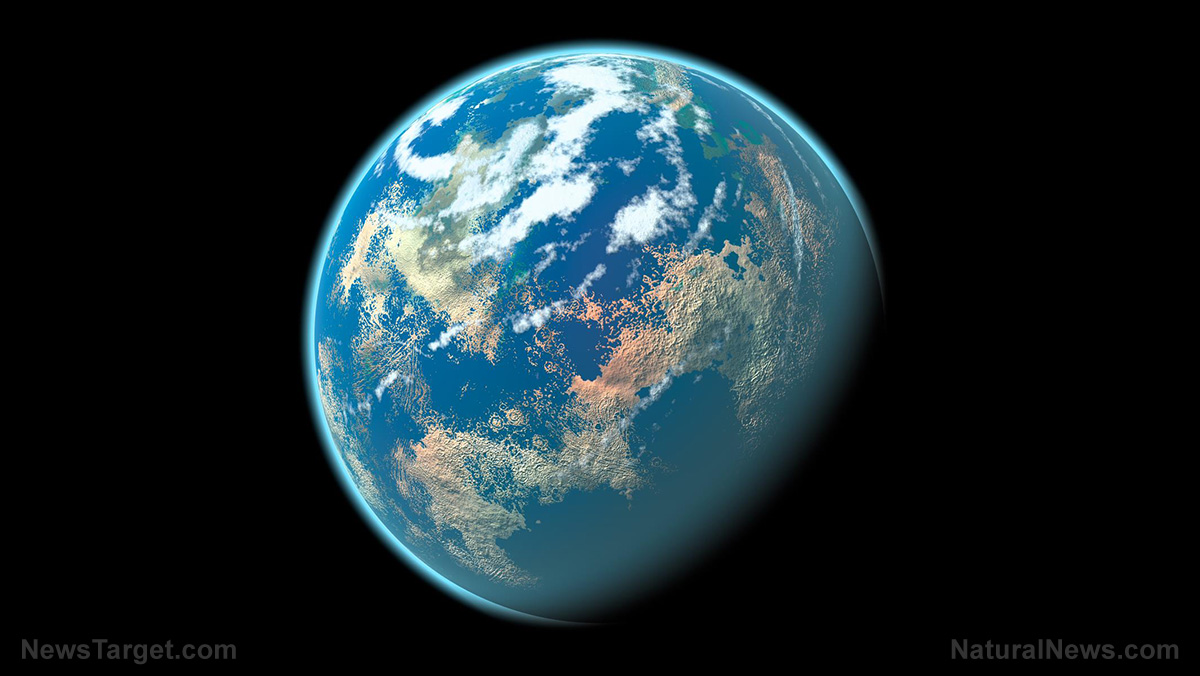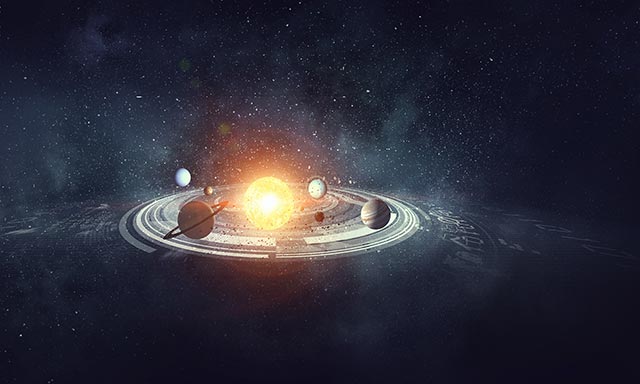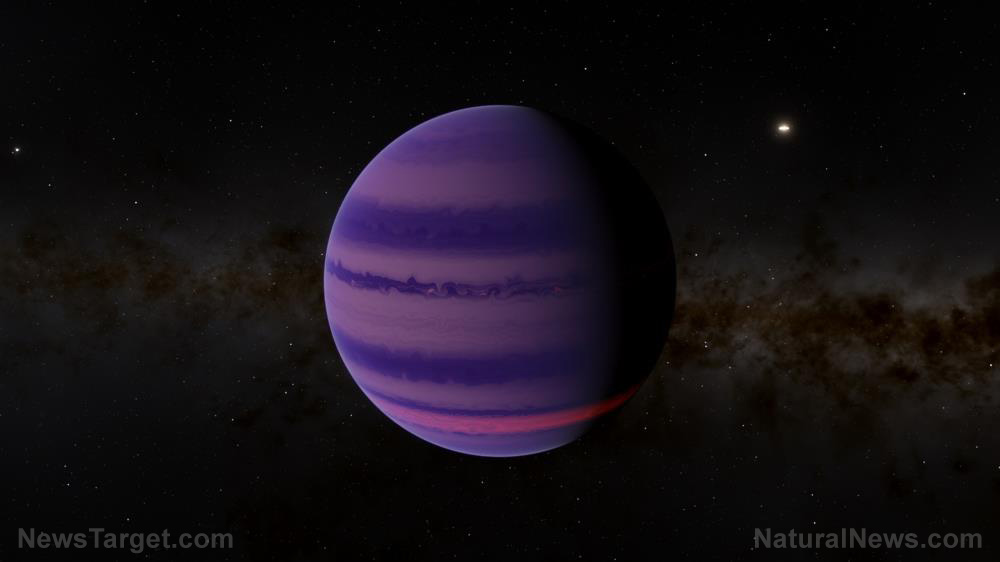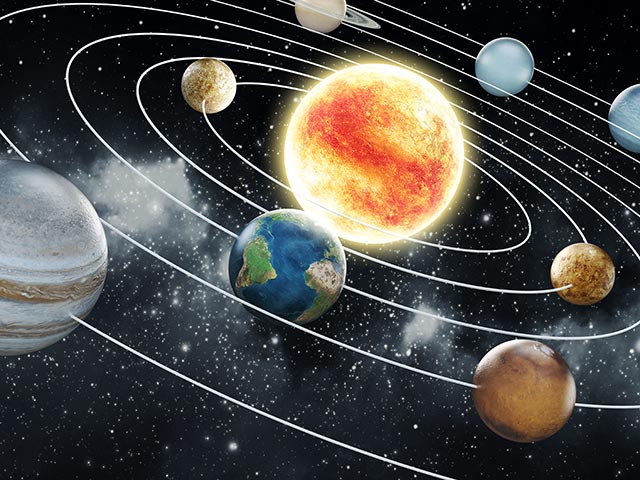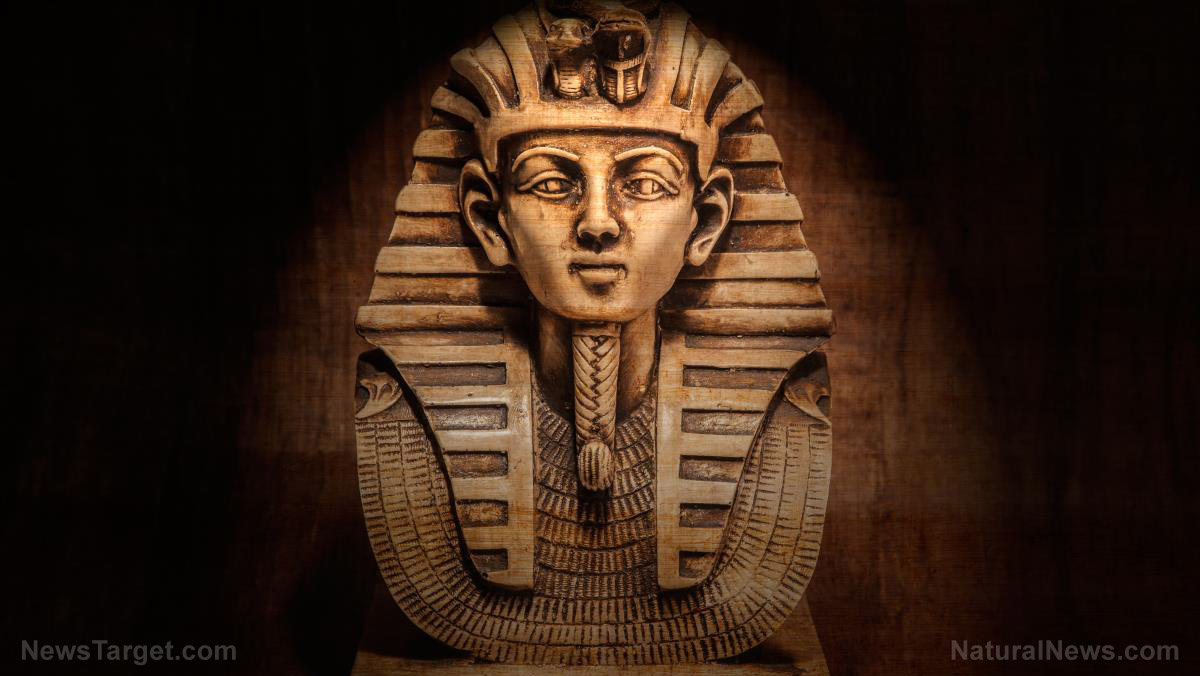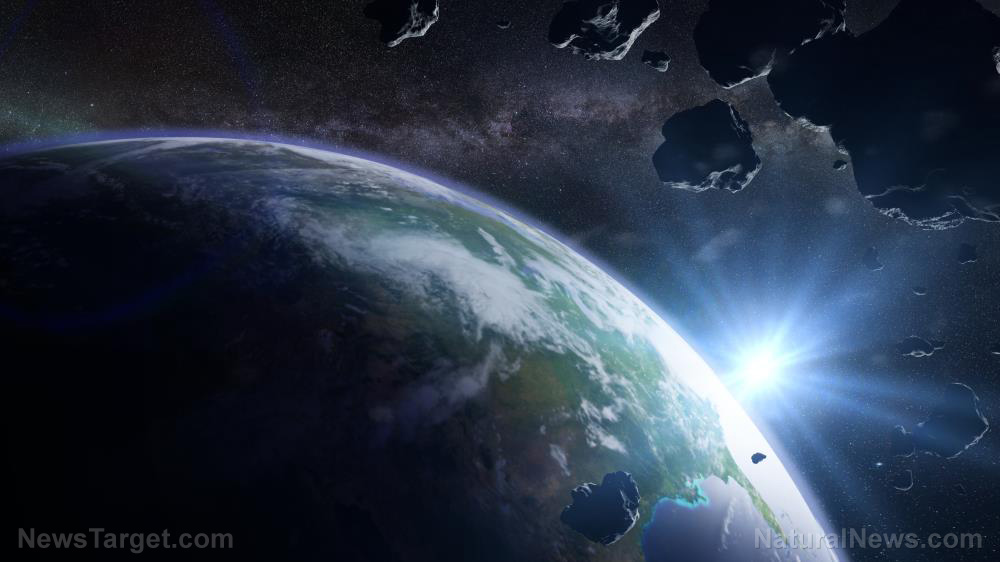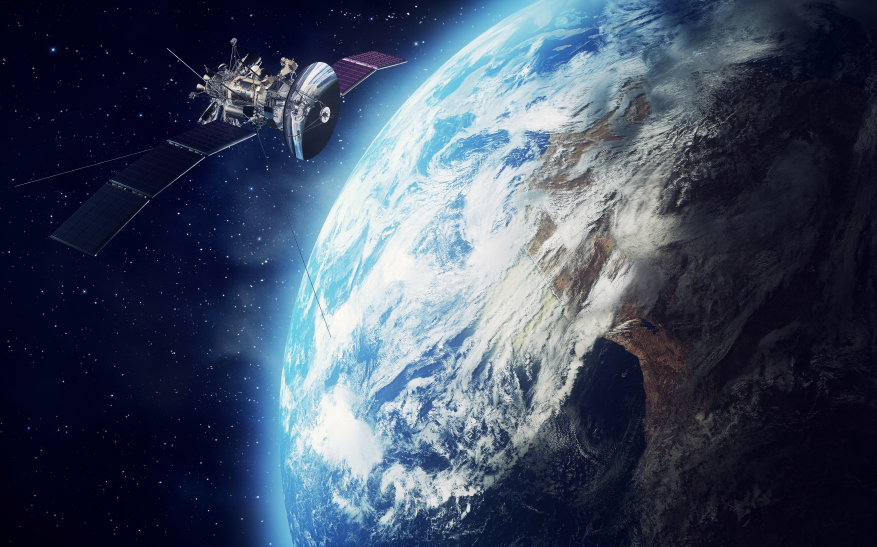Astrophysicist suggests mysterious interstellar object racing toward the sun could be alien spacecraft
07/07/2025 / By Cassie B.
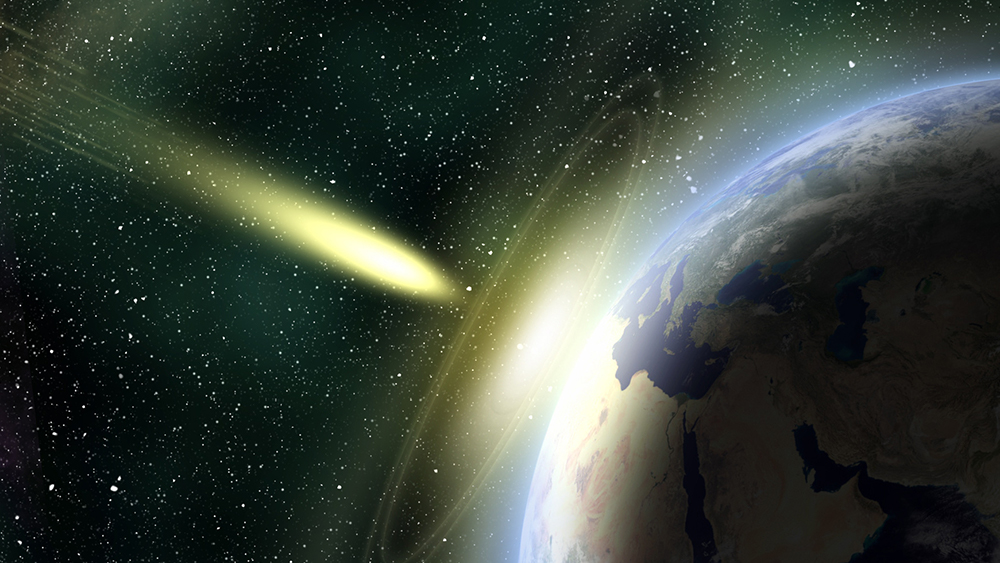
- A massive interstellar object named 3I/ATLAS, traveling at 150,000 mph toward the sun, has ignited debate among scientists about its possible artificial origin.
- Harvard’s Avi Loeb suggests its extreme brightness could indicate that it has unnatural origins, echoing his earlier claims about ‘Oumuamua, although mainstream astronomers remain skeptical.
- NASA has classified 3I/ATLAS as a comet based on early observations of a faint tail, but its unusual properties are keeping conspiracy theories alive.
- Experts overwhelmingly dismiss the possibility of the object having alien origins, but Loeb’s persistence and the object’s unexplained features fuel public fascination and suspicions of government secrecy.
- The object poses no threat to Earth, but its approach offers a rare opportunity for scientific study and fiery debates about interstellar visitors and cosmic mysteries.
A 12-mile-wide interstellar object dubbed 3I/ATLAS, the third confirmed visitor from beyond our solar system, is speeding toward the sun at 150,000 mph, sparking renewed debate among scientists. Could this enigmatic traveler be artificial in origin, or is it simply another cosmic interloper?
Harvard astrophysicist Avi Loeb, known for his controversial stance on the interstellar object ‘Oumuamua, suggests its extreme brightness might hint at “artificial light,” while mainstream astronomers dismiss the idea—though not before noting its odd trajectory and puzzling properties.
Alien craft or cosmic curiosity?
First detected on June 14 and officially confirmed by NASA’s ATLAS system on July 1, 3I/ATLAS is already defying expectations. Unlike its predecessors, ‘Oumuamua (2017) and Comet 2I/Borisov (2019), this visitor is larger and brighter, raising questions about its composition. Loeb, ever the provocateur, told MailOnline: “If it is not a comet, then its large brightness would be a big surprise and potentially signal a non-natural origin, perhaps from artificial light.” His comments echo his earlier claims about ‘Oumuamua, which he speculated might be an alien probe.
Yet skeptics abound. “It would have to be a heck of an observation to seriously open the door to aliens,” countered Dr. Eliot Gillum of the SETI Institute. Early data suggests 3I/ATLAS sports a faint coma, a telltale tail of gas and ice, consistent with a comet. The Minor Planet Center has officially classified it as such, but Loeb’s musings keep conspiracy theorists and truth-seekers hooked.
Dark forces at play?
For those tracking government cover-ups and scientific suppression, 3I/ATLAS offers fertile ground. Recall how ‘Oumuamua’s bizarre accelerationwas attributed to “hydrogen outgassing” by mainstream scientists, but Loeb argued it defied natural explanation. Now, with 3I/ATLAS hurtling toward perihelion on October 30 (passing just inside Mars’ orbit), independent researchers urge scrutiny.
NASA assures the public there’s “no threat to Earth,” with the object maintaining a safe distance of 150 million miles at closest approach. Yet the agency’s track record—from downplaying UFOs to censoring climate dissent—leaves some wary. Could 3I/ATLAS be another missed opportunity to confront extraterrestrial truth?
Science or speculation?
Despite Loeb’s intrigue, most experts lean toward simplicity. The chances of this being alien are “as close to zero as things get,” said Dr. Mark Norris of the University of Central Lancashire. Yet even he concedes that interstellar visitors like 3I/ATLAS might carry seeds of life, per the panspermia theory. “Now that we know that rocks do survive passing through the stars, that number is still very small, but it’s not zero.”
If future analyses reveal organic compounds matching Earth’s, the implications for cosmic life would be staggering. For now, amateur astronomers can follow 3I/ATLAS via the Virtual Telescope Project’s livestreams, though it remains too faint for backyard scopes. As it streaks toward the sun, expect fiery debates about whether it’s artificial or natural, a cover-up or a cosmic fluke. In a universe teeming with unknowns, 3I/ATLAS reminds us how little we truly grasp.
Sources for this article include:
Submit a correction >>
Tagged Under:
alien life, cosmos, discovery, interstellar object, science, solar system, Space
This article may contain statements that reflect the opinion of the author
RECENT NEWS & ARTICLES
COPYRIGHT © 2017 DISCOVERIES NEWS




